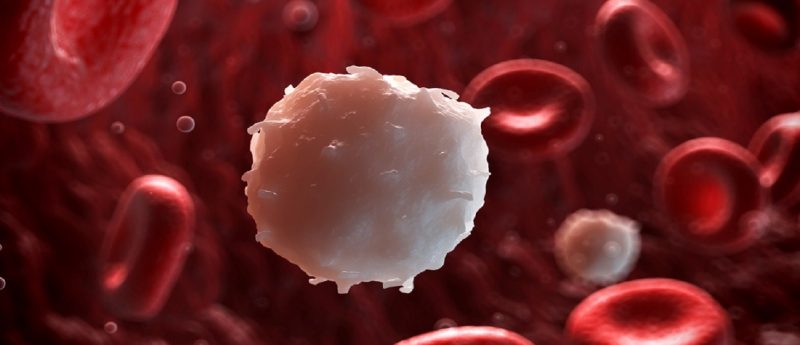Researchers find molecular switch that avoids risk of graft versus host disease in stem cell transplantation

Researchers have demonstrated that a single dose of an otherwise harmless drug can safely control the severe and often lethal side effects associated with haploidentical stem cell transplantation.
The study was carried out by a team in the Center for Cell and Gene Therapy at Baylor College of Medicine, Houston Methodist and Texas Children’s Hospital (TX, USA) and the findings were recently published in the American Society of Hematology journal, Blood.
Due to the immune-compromising nature of haploidentical stem cell transplantation, where the stem cells are only half matched, patients have an increased risk of viral infection and of a graft versus host disease (GVHD), a lethal complication that leads the graft cells, which have immune potential, to attack the tissues of the person whose original immune system has been eliminated as part of treatment.
Investigators have now shown how the molecular “switch” inducible caspase 9 (iC9) is activated by a single dose of a bio-inert chemical and is able to clear all symptoms of GVHD without jeopardizing the ability of the infused graft to fight infection.
This clinical study is the Center’s most recent quest to pioneer the safety and efficacy of T cell therapy, which harnesses the immune system and specially modified T cells to attack and destroy cancers of the immune system as well as restore immunity in serious immunodeficiency disorders.
“We’ve shown that the therapy (T cells with antiviral specificity and a “kill-switch” in the form of iC9) works, fighting viruses that threaten immune compromised patients,” explained Xiaoou Zhou, lead author of the study. “We have also shown that the ‘switch’ can turn off the T-cells that reproduce out of control, attacking the patient as graft versus host disease. This study was the first to look at any potential effect on the ability of the T cells to fight infection. We found there was no compromise.”
Removing all T-cells increases the risk of graft rejection, relapse and viral infection. Attempts have been made to save or add desirable T-cells, and the suicide “switch” can eliminate these therapeutic T-cells if they become problematic.
“This switch allows us to eliminate the donor cells that cause graft versus host disease but leave behind the component that fights viral infection,” stated Dr. Malcolm Brenner, professor in the Center and corresponding author of the report.
The study included 12 patients (between the 2 to 50 years of age) who underwent haploidentical stem cell transplants and were administered donor-derived iC9-T cells between 30—90 days after transplant.
Four of the patients who received the T-cell therapy developed GVHD, treatment with the chemical however, resolved symptoms within 6 to 48 hours. Even after the problematic T cells were killed, the remaining T cells were able do their job without causing further GVHD.
“This is an important advance for patients who develop a life threatening complication called graft versus host disease,” commented Zhou. “This could lead to rapid resolution for those patients without compromising their T cell therapy.”
Source:
Zhou X, Dotti G, Krance RA et al. Inducible caspase-9 suicide gene controls adverse effects from alloreplete T cells after haploidentical stem cell transplantation. Blood, doi: 10.1182/blood-2015-02-628354 (2015) [Epub ahead of print]; Baylor College of Medicine press release: www.bcm.edu/news/cell-and-gene-therapy/preserve-beneficial-effects-of-cell-therapy